Utilizing cross docking services is an excellent method for reducing warehouse waste and saving money companies would otherwise be spending on managing inventories. Reusing cargo containers is one way to achieve this goal. What’s the trick?
Cross-docking allows you to keep fewer products in your warehouse or boost the turnover rate of those products more quickly.
This is because products were swiftly sorted or processed at your receiving dock before being put onto an outgoing vehicle.
Continue reading this article in order to learn more about cross docking if you’re interested!
What Is Cross Docking?
Cross-docking allows for the rapid transfer of products between different ports. These goods may go directly from receiving to sorting to loading onto a truck without ever setting foot in a stockroom. Importers using LCL must use a cross-dock technique to distribute their goods.
Simply put, cross-docking is the transfer of goods from one mode of conveyance to another without the use of storage facilities. There may be some situations when cross-docking requires extra processing time.
When a truck leaves the facility, it is the facility’s responsibility to verify that the correct items are in the appropriate truck. A lack of caution could lead to the wrong place receiving the shipment.
Cross-Docking Stages
One can dissect cross-docking into the following stages:
- Suppliers can plan their distribution schedules
- Items are arriving directly at the warehouse
- Quality control is keeping track of and reviewing the received and shipped loads.
- Repacking occurs as well as the combining of orders
- Sending out all of the packages
Benefits of using Cross Docking Services
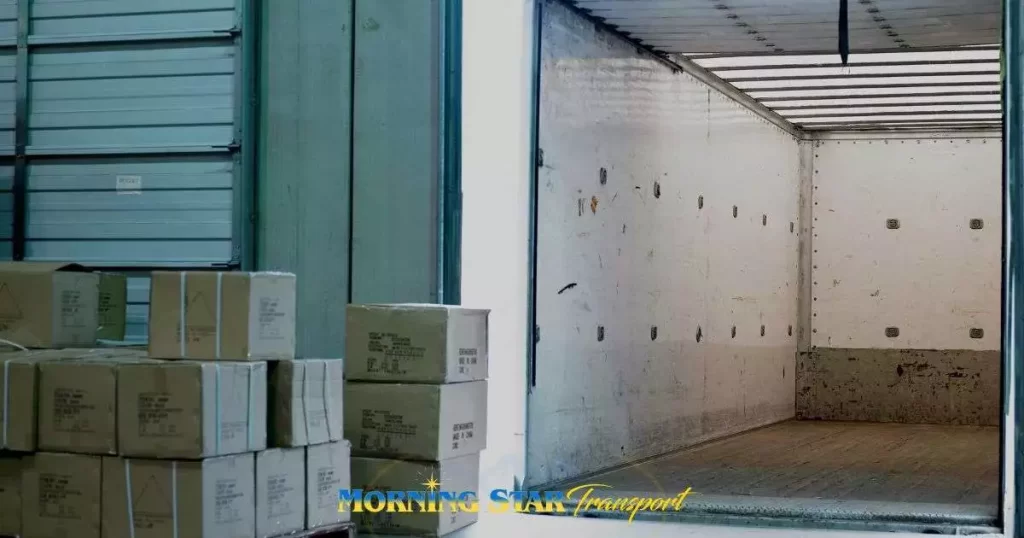
The benefits of cross-docking are manifold. Cross-docking allows for a more efficient supply chain. This is excellent for companies who want to get their products to distribution centers and customers more quickly and at a lower cost.
These are the benefits that come along with cross-docking:
- The requirement for product warehousing is minimal;
- It aids in reducing the need to move items repeatedly;
- Savings in both money and time;
- Reduced transit and waiting times;
- Cuts down on labor expenses;
- Speeding up the process of getting goods to the consumer;
- More readily assessed product quality;
- Boosts the amount of cargo carried on each outing;
- Facilitates less physical movement of goods;
- Reduces the risk of damaged goods by not being moved as much
Who Can Benefit From Cross Docking?
Importers and exporters who have high inventory turnover and stable demand frequently engage in cross-docking. But practically any company can implement this procedure if it works with their current supply chain design. Here are some companies that would do well with a cross-docking supply chain setup:
- Organizations That Have Several Sources of Supply
It is quite advantageous to move inventory from one place to another without the need for considerable storage. In order to save money on transportation and storage fees, this strategy allows you to swiftly and efficiently acquire, sort, combine, and send loads from several suppliers. This process also saves on the length of time goods are actively in shipment. Goods coming in from different suppliers or distribution centers in other regions can be more manageable due to the streamlined process.
- Companies Dealing in Time-Sensitive Goods
By avoiding the requirement for warehousing, suppliers can cut down on the time it takes for a product to get to the consumer through cross-docking. Cross-docking is the rapid transfer of large amounts of goods from the incoming receiving dock to the outgoing shipping dock using mechanical aids such as forklifts, conveyor belts, and pallet trucks. Thus, shops may stock more of these items without fearing that they would spoil before they can sell them.
Types of Cross Docking Services
Cross-docking opportunities for warehouse management have been plentiful. Enterprises will make use of cross-docking that is relevant to the items they ship. So what is it about cross-docking that makes it so unique? It’s the savings from not maintaining a warehouse and the ensuing improvements to the delivery process.
It is possible to classify this procedure into two distinct categories:
- Pre distribution Cross-docking;
- Post Distribution Cross-docking.
Pre-distribution Cross-Docking
Pre-distribution cross-docking involves unloading, sorting, and repackaging goods before they get sent to stores.
With prior knowledge of the final recipient, warehouse workers can immediately begin unpacking, sorting, and repacking incoming shipments in accordance with the agreed-upon distribution plan.
In this form of pre-distribution, stock rarely visits the cross-docking facility—best for stores that handle their inventory and have complete visibility into their relationships with vendors and clients.
Post-distribution Cross-Docking
During the final distribution phase, once the demand has been mapped out and the clients have been identified, the commodities are stored in a cross-docking facility until the next step can be determined.
Due to the nature of this service, goods would have to remain at the cross-docking facility for a somewhat more prolonged period of time.
On the other hand, distributors and retailers have the luxury of taking all the time they need to figure out where to ship the stock based on projections and actuals.
Methods of Cross Docking
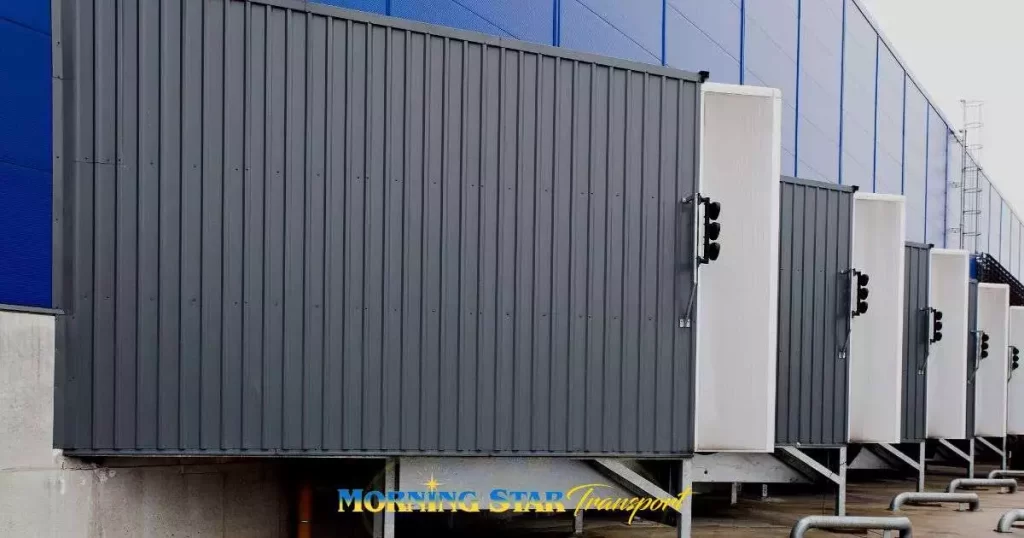
The term “cross-docking” refers to the process by which goods are first received at an inbound dock and subsequently moved to an outbound vehicle at the same port. This process happens inside a distribution docking station, which features entrances and exits for incoming and dispatching trucks. Because of how quickly the process is happening, companies need only a tiny amount of space to store the items.
All forms of cross-docking share these features; however, there are, in fact, three different types of approaches:
1. Continuous Cross-Docking
In a facility that utilizes cross-docking, the flow of shipments, both incoming and leaving, is continuous and unbroken. Continuous cross-docking cuts down on time wasted waiting for empty trucks before they can be loaded again when they arrive at the facility at different times and intervals.
2. Consolidation Cross-Docking
A consolidation arrangement involves the merging of multiple shipments into one larger load. As it is not always cost-effective to send out numerous little packages from the cross-docking facility, this is a great perk. Naturally, the goods will have to wait in the warehouse until there are sufficient quantities to load a truck. But the upside is that it lowers delivery costs, which is a significant plus.
3. Deconsolidation Cross-Docking
In regards to cross-docking, the deconsolidation approach is the polar opposite of the consolidation arrangement method. Deconsolidation is breaking down a massive load into smaller, more manageable portions to make the distribution of that load a more rapid and cost-effective procedure for customers. In direct-to-consumer fulfillment, this is a standard operational procedure.
How We Can Help With Cross Docking
How do you make the determination when considering which strategy is best for your business? Cross-docking works well with high-volume, quick-turnover items in great demand. Cross-docking services have several upsides, but they can be expensive to set up.
However, a third-party logistics provider like Morning Star Transport may substantially increase your services that a standard cross-docking operation won’t provide by handling big or complex commodities in various temperature settings.
Our cross-docking services are available throughout Seattle and the Pacific Northwest. Contact us now if you want to decrease your stockpile, improve your distribution processes and efficiency, or cut down on supply chain expenses.
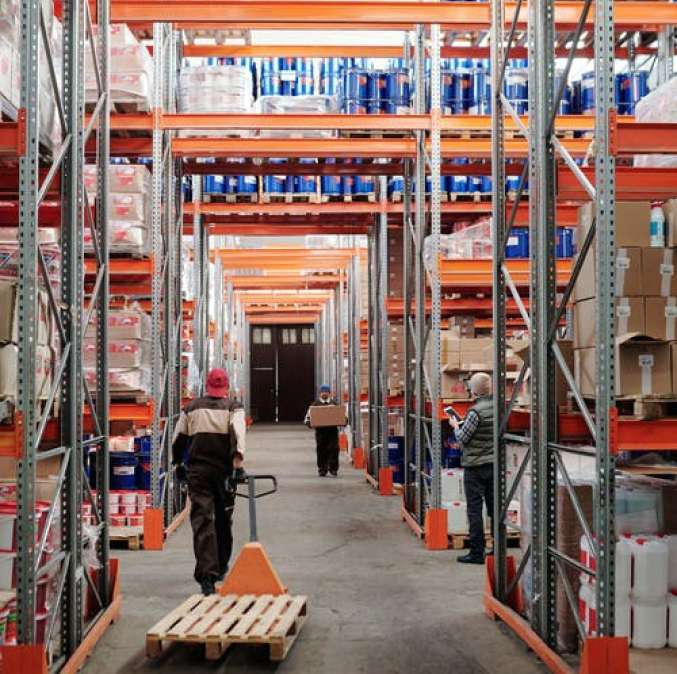

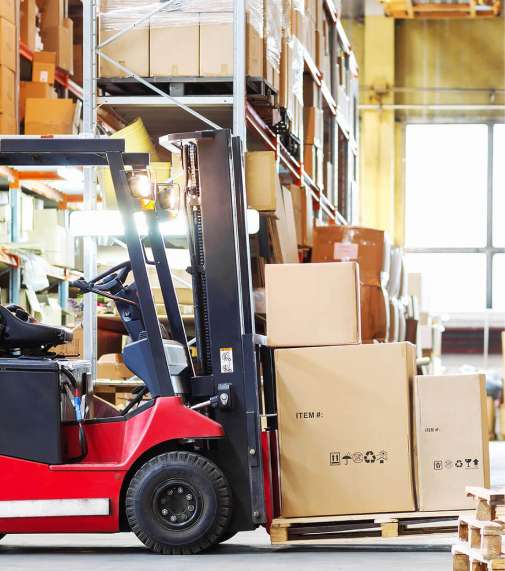
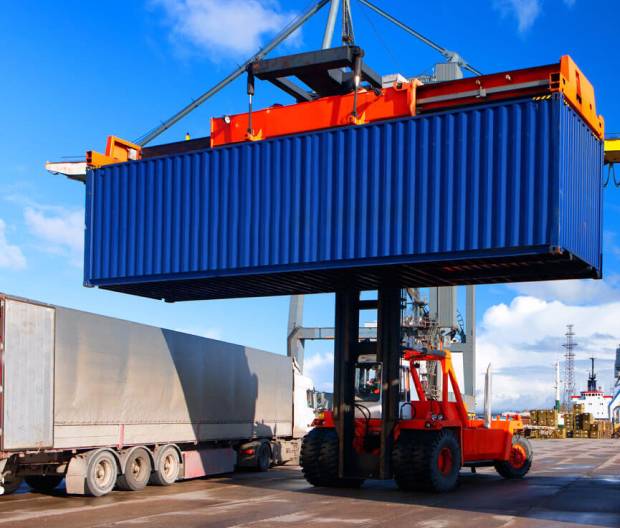
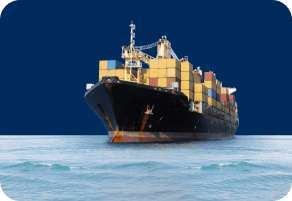
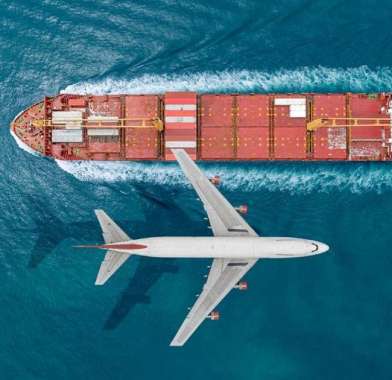
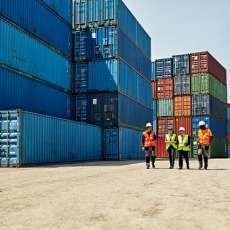

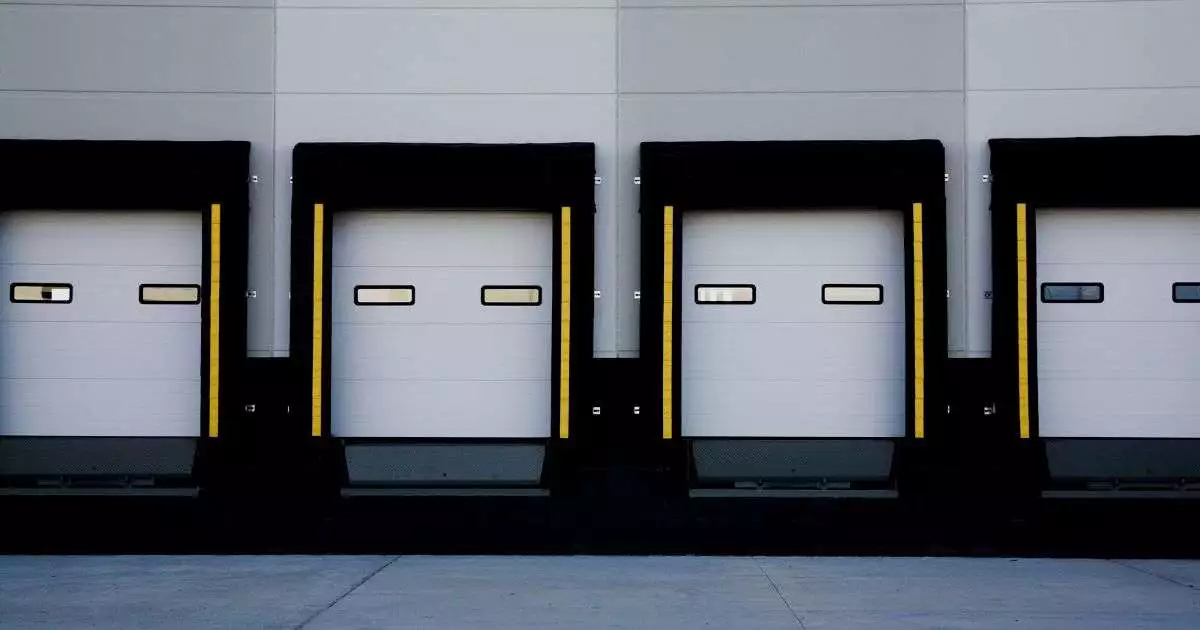
 iMedPages
iMedPages